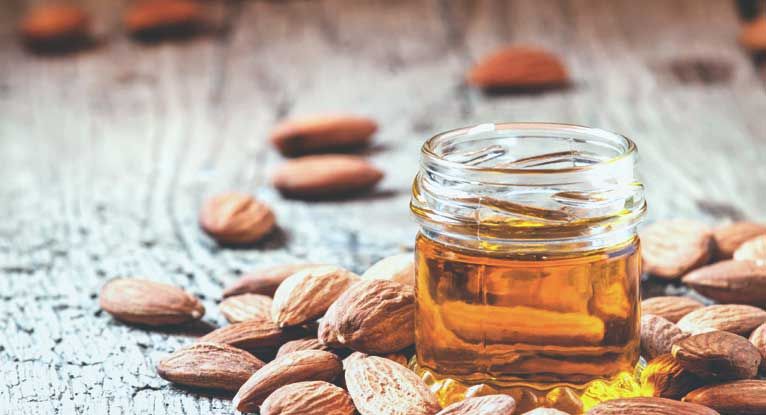How to Clean P-Trap in Kitchen Sink: A Step-by-Step Guide
If you've ever experienced slow drainage or a foul smell emanating from your kitchen sink, you might need to learn how to clean the P-trap in your kitchen sink. This critical plumbing component, often hidden beneath the sink, can accumulate debris, grease, and other kitchen waste, leading to blockages. In this guide, we'll explore the importance of the P-trap, how to effectively clean it, and some tips to maintain your kitchen sink.
Understanding how to clean the P-trap is essential for any beautician managing a salon or spa that requires a clean and efficient workspace. A clean sink contributes to a hygienic environment, essential for beauty treatments and client interactions. Lets dive into the details.

What is a P-Trap?
The P-trap is a U-shaped pipe located under your kitchen sink. Its primary function is to prevent sewer gases from entering your home while also capturing debris that could clog the drain. Understanding its role is crucial for effective maintenance and cleaning.
Signs That Your P-Trap Needs Cleaning
Identifying when your P-trap needs cleaning can prevent significant plumbing issues. Here are some signs to watch out for:
- Slow drainage when using the sink.
- Unpleasant odors emanating from the drain.
- Gurgling noises when water drains.
- Visible build-up in the exposed area of the P-trap.

Tools Required for Cleaning the P-Trap
Before you begin, gather the following tools:
- A bucket to collect water and debris.
- A pair of adjustable wrenches.
- Pliers if needed.
- Cleaning cloths or rags.
- Gloves to keep your hands clean.
- Optional: A drop of dish soap or vinegar for stubborn stains.
Step-by-Step Guide to Clean the P-Trap
- Turn Off the Water Supply: Before starting the cleaning process, ensure that you turn off the water supply to avoid mess.
- Place the Bucket: Position a bucket under the P-trap to catch any water or debris that may spill during the process.
- Loosen the Slip Nuts: Using your wrench, carefully unscrew the slip nuts holding the P-trap in place. Ensure you are gentle; overtightening can cause damage.
- Remove the P-Trap: With the slip nuts loosened, carefully detach the P-trap for cleaning. Make sure to pour out any contents into the bucket.
- Clean the P-Trap: Using warm soapy water or vinegar and a cloth, clean the interior and exterior of the P-trap thoroughly. For stubborn build-up, let it soak for a few minutes.
- Reassemble the P-Trap: Once cleaned, reattach the P-trap back into its original position, tightening the slip nuts securely.
- Test for Leaks: Turn the water supply back on and run water down the sink to check for any leaks in the connections.

Maintenance Tips for Your Kitchen Sink
Regular maintenance of your kitchen sink can prolong its life and prevent issues:
- Use a Drain Strainer: Installing a drain strainer can help catch food particles, reducing the amount of waste entering the P-trap.
- Avoid Grease Disposal: Never pour grease or oily substances down the sink, as they can clog the drain over time.
- Run Hot Water: Regularly running hot water can help break down any leftover food particles and grease in the pipes.
- Perform Regular Inspections: Periodically check under your sink for any signs of leaks or wear in the plumbing system.
- Refer to Professional Help: If plumbing issues persist, consider consulting a professional plumber for assistance. For further insights on maintaining a kitchen space, check this cleaning guide.
Related Resources
You can also check out these articles for more cleaning tips:
FAQs
What if my P-trap is blocked?
If your P-trap is blocked, it is essential to clean it regularly. Follow the cleaning guide shared above or call a professional plumber if the issue persists.
How often should I clean my P-trap?
Generally, it is advisable to check and clean your P-trap every 6 months, or sooner if you are experiencing drainage issues.
Can I use chemical cleaners on my P-trap?
Avoid harsh chemical cleaners, as they can damage the plumbing. Stick to natural cleaning solutions like vinegar or baking soda.
As an Amazon Associate, I earn from qualifying purchases.

